When time is limited, and you want to lose weight fast, high-intensity workouts should be your go-to. High-Intensity Interval Training (HIIT) is particularly effective, involving short bursts of intense exercise followed by brief recovery periods. This type of workout is designed to burn a significant amount of calories in a short time, making it perfect for those looking to shed pounds quickly. The best part? HIIT also boosts your metabolism for hours after the workout, meaning you continue to burn calories even when you’re resting. Incorporate exercises like sprinting, burpees, and jump squats into your routine to maximize the burn.
Cut Down on Carbohydrates
Reducing your carbohydrate intake is one of the fastest ways to drop weight. When you lower your carbs, your body starts burning stored fat for energy, leading to rapid weight loss. Focus on cutting out refined carbs like white bread, pasta, and sugary snacks, which are often high in empty calories and low in nutritional value. Instead, opt for complex carbs like vegetables, whole grains, and legumes in moderate amounts. Pairing this with a high-protein diet not only supports muscle retention during weight loss but also keeps you feeling full longer, reducing the temptation to overeat.
Drink Plenty of Water
Hydration is a key player in fast weight loss. Drinking water before meals can help curb appetite, leading you to eat less. Sometimes, our bodies confuse thirst with hunger, so staying well-hydrated can prevent unnecessary snacking. Additionally, water helps your body flush out toxins and keeps your metabolism functioning efficiently. Aim to drink at least 8 glasses of water a day, and more if you’re exercising intensely or if you live in a hot climate. For an added boost, try drinking cold water; your body burns a few extra calories heating it to body temperature.
Practice Intermittent Fasting
Intermittent fasting (IF) is another effective strategy for quick weight loss. This eating pattern involves cycling between periods of eating and fasting, which can help reduce your overall calorie intake without having to consciously restrict calories at every meal. The most popular method is the 16/8 approach, where you fast for 16 hours and eat during an 8-hour window. During the fasting period, your body turns to stored fat for energy, which can accelerate weight loss. It’s important to eat nutrient-dense foods during your eating window to ensure you’re still getting essential vitamins and minerals.
Prioritize Strength Training
While cardio is often emphasized for quick weight loss, strength training shouldn’t be overlooked. Building muscle helps you burn more calories at rest, as muscle tissue requires more energy to maintain than fat tissue. Incorporating weight lifting or bodyweight exercises like push-ups, squats, and lunges into your routine can help you lose weight faster by boosting your metabolism. Additionally, strength training can help shape and tone your body, giving you a leaner appearance as you lose fat. Aim to strength train at least three times a week for the best results.
Avoid Liquid Calories
One of the quickest ways to








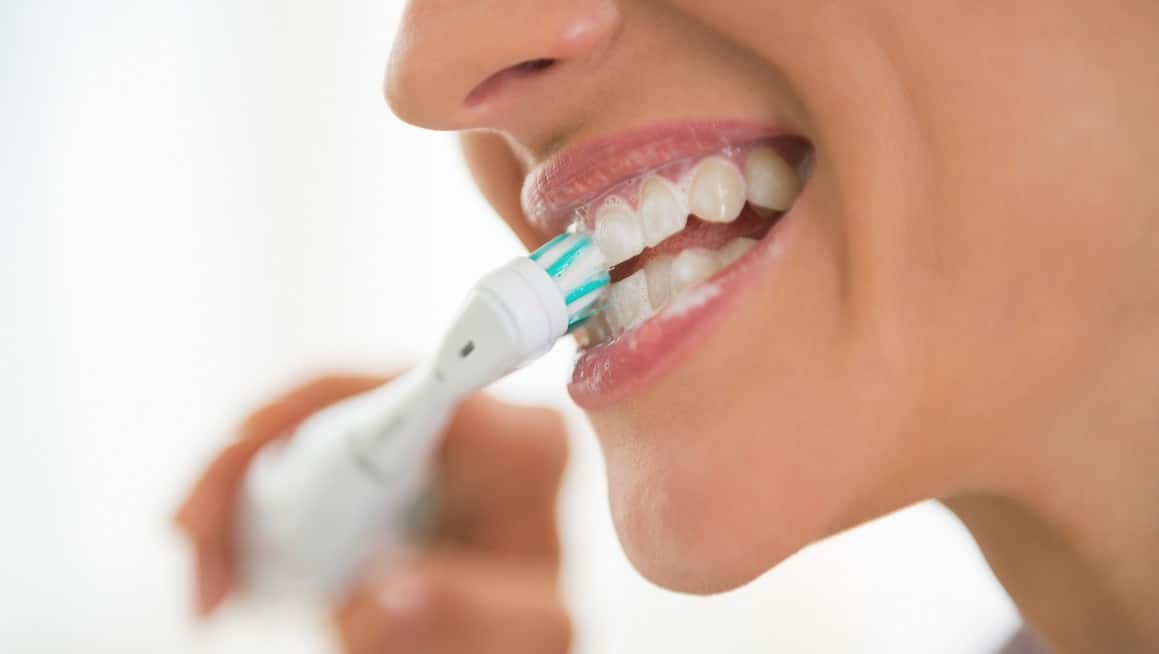














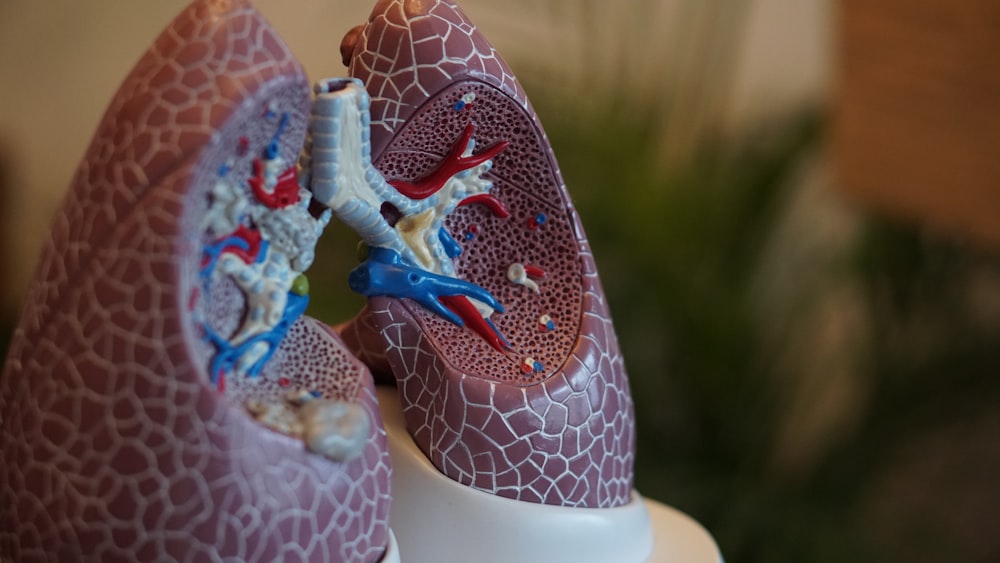



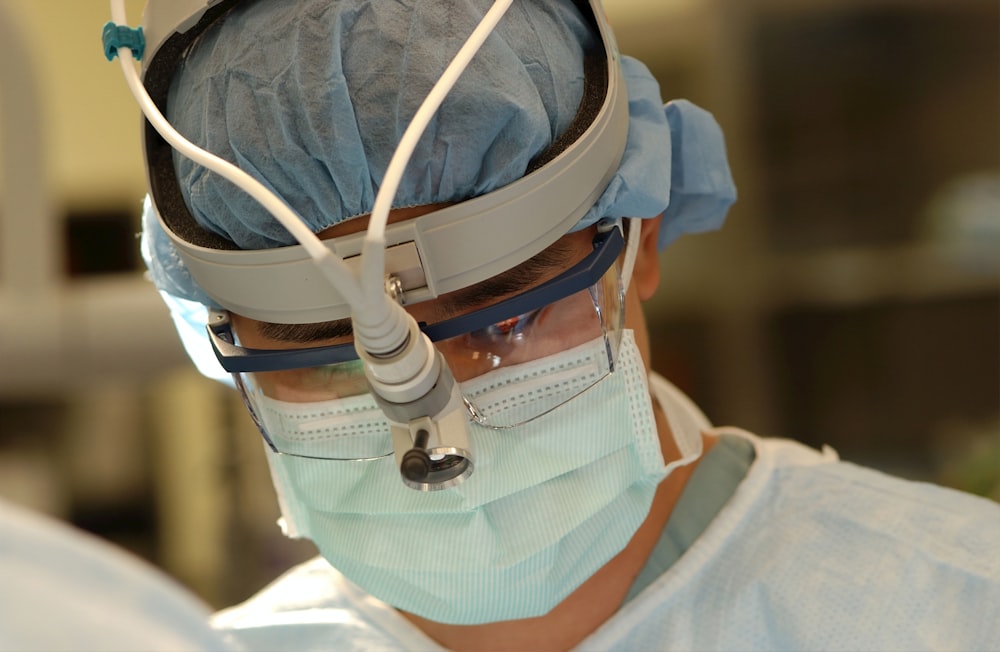

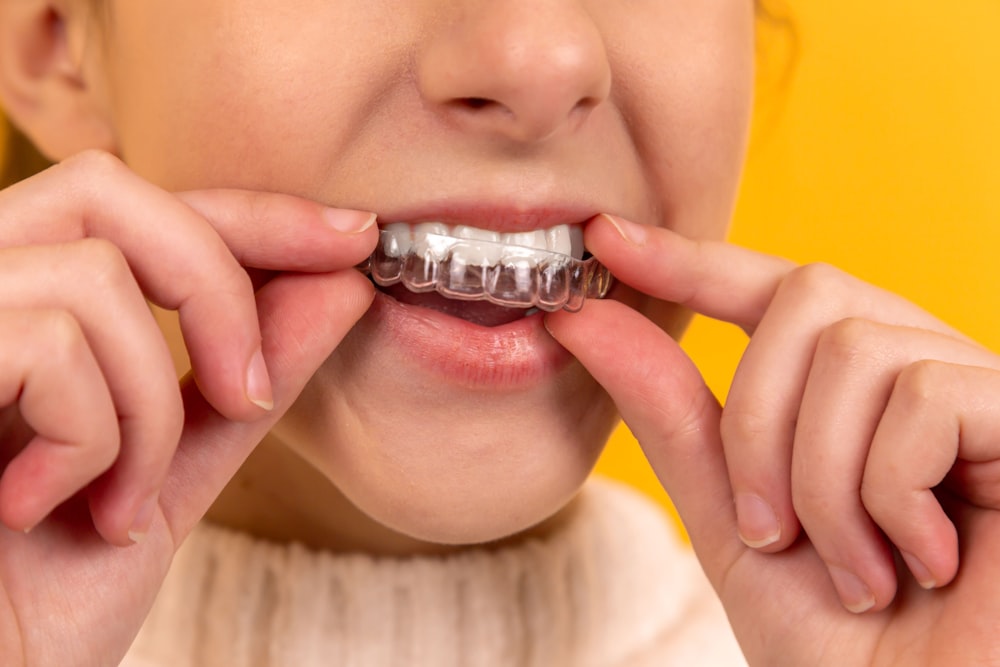

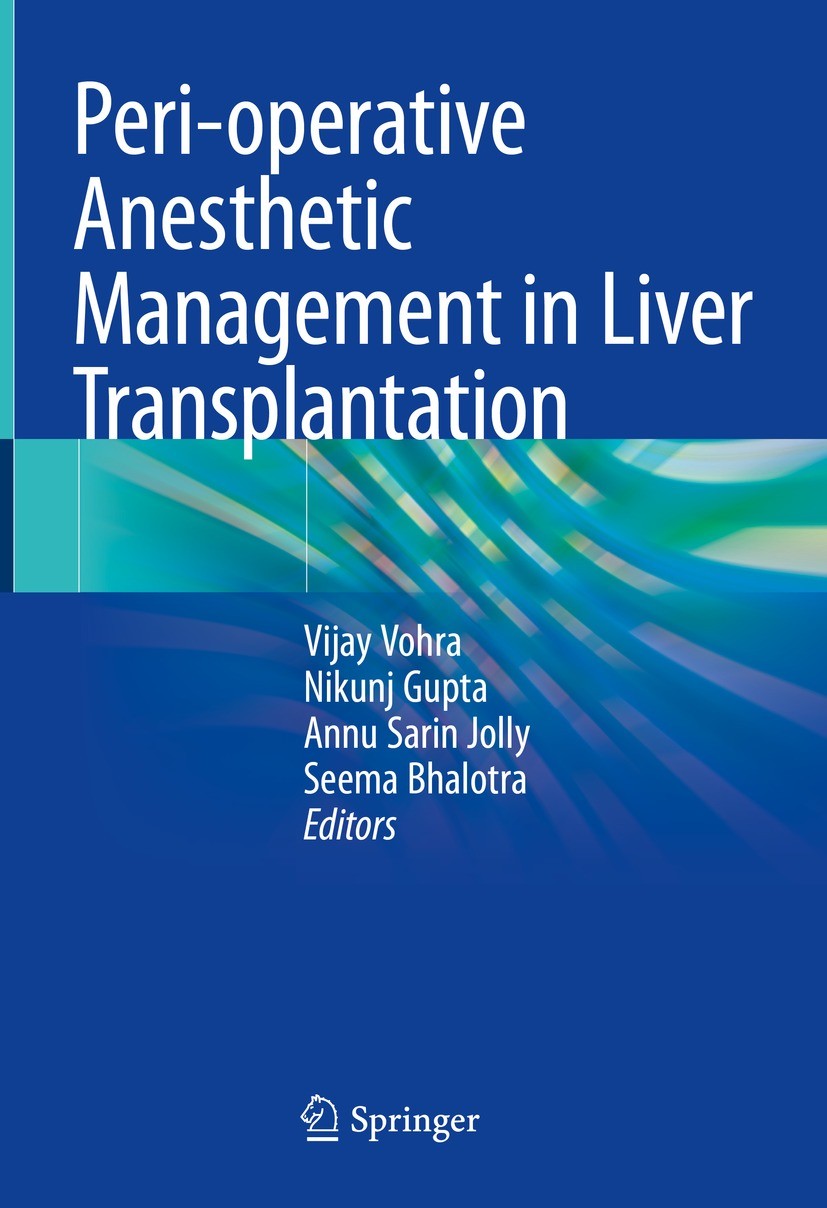




 You may visit the Residence Page or try looking out again. Also, many individuals lack entry to safe places where they are often physically active. As soon as bodily activity turns into part of your routine, it is advisable to keep it up. Maintain issues interesting, avoid slip-ups, and find ways to deal with what life throws at you.
You may visit the Residence Page or try looking out again. Also, many individuals lack entry to safe places where they are often physically active. As soon as bodily activity turns into part of your routine, it is advisable to keep it up. Maintain issues interesting, avoid slip-ups, and find ways to deal with what life throws at you.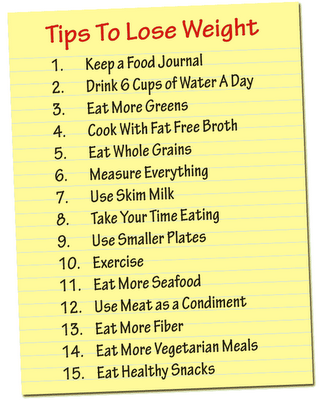
 You can go to the Home Web page or try looking out again. A examine at the Kid’s Well being Institute in Cape Town discovered that consuming raw garlic helped struggle severe childhood infections. In response to the Centers for Illness Management and Prevention (CDC), everybody six months and older should get a flu shot every flu season.
You can go to the Home Web page or try looking out again. A examine at the Kid’s Well being Institute in Cape Town discovered that consuming raw garlic helped struggle severe childhood infections. In response to the Centers for Illness Management and Prevention (CDC), everybody six months and older should get a flu shot every flu season.
 You may visit the House Page or try searching once more. People who sleep much less over time tend to be heavier,” says Lawrence Epstein, the chief medical officer of the Sleep Health Facilities, in Brighton, Massachusetts. Assist your little one write a letter to members of the armed forces stationed overseas who cannot be house with their very own household throughout the holidays.
You may visit the House Page or try searching once more. People who sleep much less over time tend to be heavier,” says Lawrence Epstein, the chief medical officer of the Sleep Health Facilities, in Brighton, Massachusetts. Assist your little one write a letter to members of the armed forces stationed overseas who cannot be house with their very own household throughout the holidays.

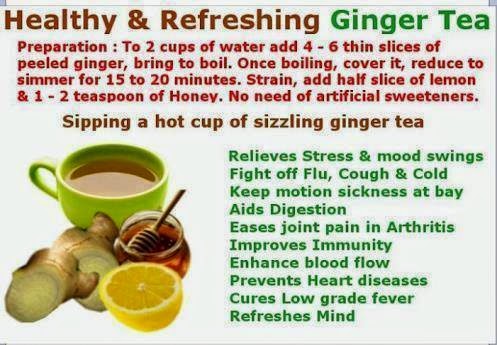 In relation to healthcare, men have a popularity for being notoriously ostrich like – in that they bury their head in the sand, hoping the problem will go away. Be notably careful when you grew to become sexually lively at an early age, have had a number of intercourse companions or smoke. This instrument could aid you find out in case your weight could elevate your possibilities of developing health issues described later in this reality sheet.
In relation to healthcare, men have a popularity for being notoriously ostrich like – in that they bury their head in the sand, hoping the problem will go away. Be notably careful when you grew to become sexually lively at an early age, have had a number of intercourse companions or smoke. This instrument could aid you find out in case your weight could elevate your possibilities of developing health issues described later in this reality sheet.
 …
… Relating to healthcare, men have a status for being notoriously ostrich like – in that they bury their head in the sand, hoping the problem will go away. In case you are a full-time worker, you could strive taking a brisk stroll each lunch-time. Individuals whose diets are rich in potassium may be much less vulnerable to hypertension. If you are 50 years or older, select meals high in vitamin B12, akin to fortified cereals, or take a B12 supplement (2.4 mcg total of B12 a day).
Relating to healthcare, men have a status for being notoriously ostrich like – in that they bury their head in the sand, hoping the problem will go away. In case you are a full-time worker, you could strive taking a brisk stroll each lunch-time. Individuals whose diets are rich in potassium may be much less vulnerable to hypertension. If you are 50 years or older, select meals high in vitamin B12, akin to fortified cereals, or take a B12 supplement (2.4 mcg total of B12 a day).
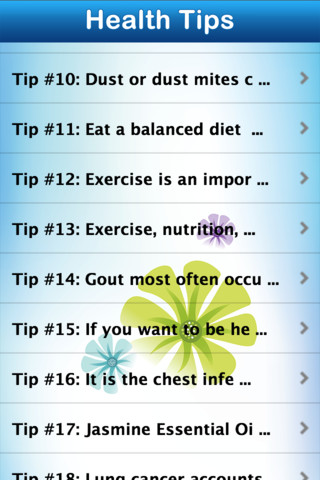 You possibly can go to the Home Page or strive searching once more. They’re loaded with magnesium, vitamin E, fiber and varied other nutrients ( 9 ). Many women fear that they could not have the ability to breastfeed if they’ve had breast surgical procedure or a nipple piercing. The body mass index (BMI) is the device used most often to search out a person’s weight status.
You possibly can go to the Home Page or strive searching once more. They’re loaded with magnesium, vitamin E, fiber and varied other nutrients ( 9 ). Many women fear that they could not have the ability to breastfeed if they’ve had breast surgical procedure or a nipple piercing. The body mass index (BMI) is the device used most often to search out a person’s weight status.
